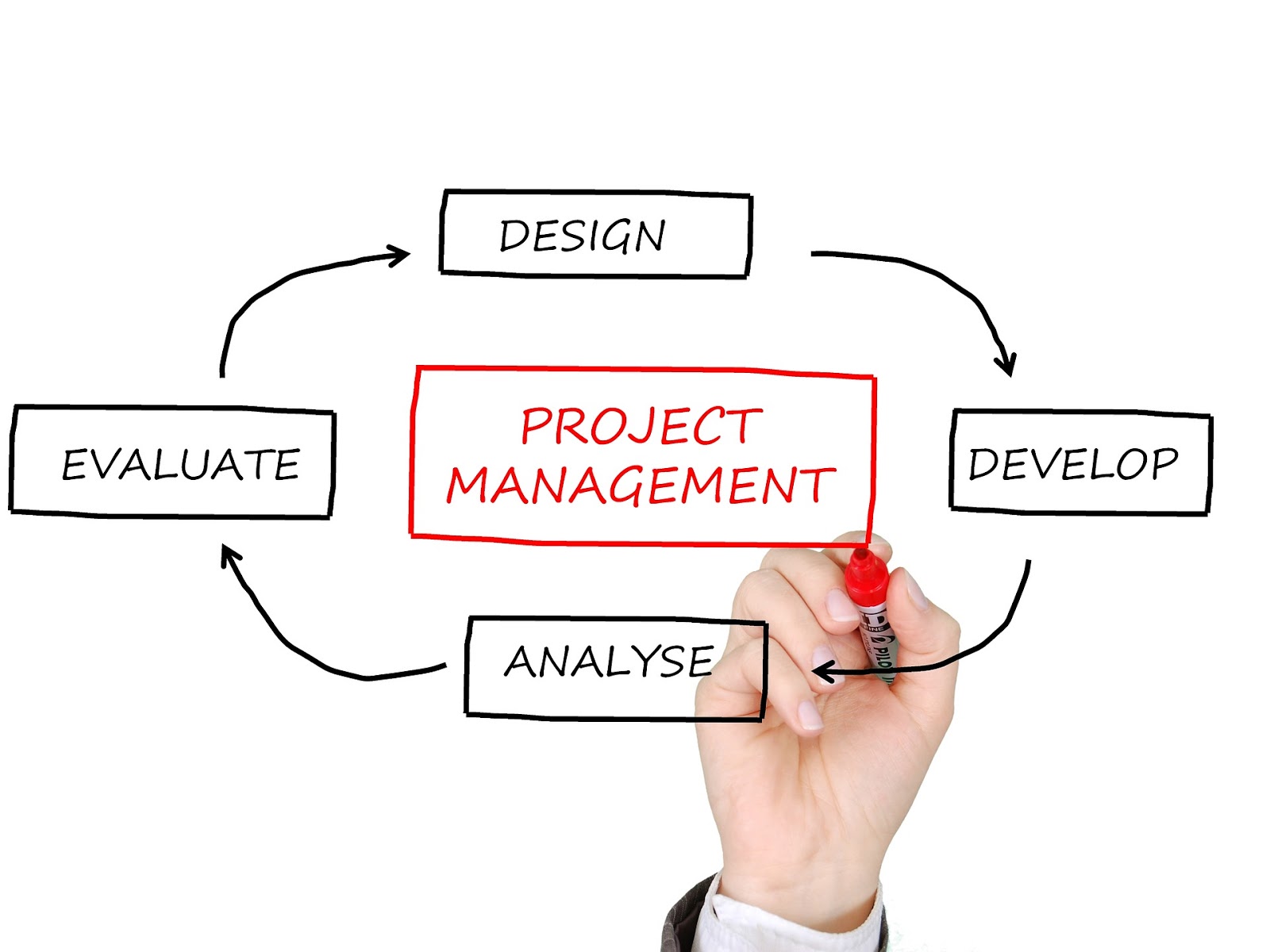
Do you know what California SB 396 is?
You should if your an employer in California.
Senate Bill 396 (SB 396) updated California’s harassment prevention law on October 15th, 2017 by amending Assembly Bill 1825.
The new amendments went into effect on January 1, 2018.
To help you quickly understand SB 396, we’ll go over exactly what amendments were made to AB 1825, what are the terms you should know, and what specifically you have to do now to comply with the law (or face the consequences).
By the end, we’ll give you a simple checklist for easily implementing these changes.
Let’s dive in.
What Does SB 396 Mean for California Government Agencies?
To answer that question, let’s make sure we understand what AB 1825 is.
AB 1825 mandates agencies with over 50 employees to provide at least 2 hours of training and education regarding sexual harassment to all supervisory employees within 6 months of assuming a supervisory position, and once every 2 years thereafter.
SB 396 makes multiple amendments to AB 1825 and further requires agencies with over 50 employees to include training inclusive of harassment based on gender identity, gender expression, and sexual orientation.
Let’s take a look at the SB 396 amendments to get crystal clear on the specific changes to the law.
What Amendments Did California SB 396 Make to AB 1825?
California SB 396 made 5 amendments to AB 1825.
We summarized those amendments for you below:
Section 1
Section 1 of SB 396 states that employers must “amend its current poster on discrimination in employment to include information relating to the illegality of sexual harassment.”
This means your new sexual harassment and discrimination posters must affirm the rights of transgender and gender-nonconforming employees.
You can obtain amended signage from the Department of Fair Employment and Housing (DFEH).
Section 2
Section 2(c) of SB 396 is what requires employers with 50 or more employees to include training that covers harassment based on gender identity, gender expression, and sexual orientation as part of the required 2 hours of training for supervisors.
Section 2 expands on this mandate and states that your sexual harassment training and education curriculum must include practical examples of harassment based on gender identity, gender expression, and sexual orientation.
You must also include “prevention of abusive conduct” as part of your training and education curriculum.
Abusive conduct is defined as “conduct of an employer or employee in the workplace, with malice, that a reasonable person would find hostile, offensive, and unrelated to an employer’s legitimate business interests.”
The section goes on to say that any “repeated infliction” of verbal abuse, physical misconduct, or sabotage of a person’s work environment can be construed as “abusive conduct.”
Section 3
Section 3 of SB 396 amends and expands section 14005 of the California Unemployment Insurance Code.
Section 3 also adds transgender and gender nonconforming individuals to the list of “individuals with employment barriers” which guarantees them access to employment “programs of rigorous and high-quality education, training, and other services” that do all of the following:
- Align with the skills and needs of industries in the economy of the state or regional economy involved.
- Prepare an individual to be successful in any of a full range of secondary or postsecondary education options, including apprenticeships.
- Include counseling to support an individual in achieving the individual’s education and career goals.
- Include, as appropriate, education offered concurrently with and in the same context as workforce preparation activities and training for a specific occupation or occupational cluster.
- Organize education, training, and other services to meet the particular needs of an individual in a manner that accelerates the educational and career advancement of the individual to the extent practicable.
- Enable an individual to attain a secondary school diploma or its recognized equivalent, and at least one recognized postsecondary credential.
- Help an individual enter or advance within a specific occupation or occupational cluster.
Section 4
Section 4 and 4.5 of SB 396 authorizes the appointment of “community-based organizations that serve transgender and gender nonconforming individuals” to the California Workforce Development Board.
Section 5
Section 5 of SB 396 affirms that section 4.5 of Sb 396 will go into effect if AB 957 is approved by the Governor on or before January 1st, 2018 (which it was).
What are the Terms and Definitions You Should Know Regarding Transgender and Gender Nonconforming Individuals?
As you update your training manuals and courses, it’s important to understand the terminology of topics related to transgender and gender nonconforming individuals.
Here are some of the key definitions you’ll need to know to comply with SB 396 that come from the Fair Employment & Housing Council Regulations Regarding Transgender Identity and Expression:
- “Gender expression” means a person’s gender-related appearance or behavior, or the perception of such appearance or behavior, whether or not stereotypically associated with the person’s sex assigned at birth.
- “Gender identity” means each person’s internal understanding of their gender, or the perception of a person’s gender identity, which may include male, female, a combination of male and female, neither male nor female, a gender different from the person’s sex assigned at birth, or transgender.
- “Sex” has the same definition as provided in Government Code section 12926, which includes, but is not limited to, pregnancy; childbirth; medical conditions related to pregnancy, childbirth, or breastfeeding; gender; gender identity; and gender expression, or perception by a third party of any of the aforementioned.
- “Sex Stereotype” includes, but is not limited to, an assumption about a person’s appearance or behavior, gender roles, gender expression, or gender identity, or about an individual’s ability or inability to perform certain kinds of work based on a myth, social expectation, or generalization about the individual’s sex.
- “Transgender” is a general term that refers to a person whose gender identity differs from the person’s sex assigned at birth. A transgender person may or may not have a gender expression that is different from the social expectations of the sex assigned at birth. A transgender person may or may not identify as “transsexual.”
- “Transitioning” is a process some transgender people go through to begin living as the gender with which they identify, rather than the sex assigned to them at birth. This process may include, but is not limited to, changes in name and pronoun usage, facility usage, participation in 2 employer-sponsored activities (e.g. sports teams, team-building projects, or volunteering), or undergoing hormone therapy, surgeries, or other medical procedures.
What Rights Do Transgender Individuals Have in the Workplace?
DFEH issued guidelines for transgender rights in the workplace in 2017 – meaning, you need to include them on your posters and in your training.
Here are the highlights:
- Employers and interviewers should not ask questions designed to detect a person’s gender identity
- Employers should not ask questions about a person’s body or whether they plan to have surgery.
- An employer who requires a dress code must enforce it in a non-discriminatory manner.
- Transgender or gender non-conforming employees may not be held to any different standard of dress or grooming than any other employee.
- All employees have a right to safe and appropriate restroom and locker room facilities. This includes the right to use a restroom or locker room that corresponds to the employee’s gender identity, regardless of the employee’s assigned sex at birth.
- Where possible, an employer should provide an easily accessible unisex single stall bathroom for use by any employee who desires increased privacy, regardless of the underlying reason.
- All single-user toilet facilities in any business establishment, place of public accommodation, or state or local government agency must be identified as all-gender toilet facilities.
In addition to the above guidelines, employers are required to address a transgender or gender nonconforming individual by their preferred name and pronoun, as detailed in the Fair Employment & Housing Council Regulations:
“If an employee requests to be identified with a preferred gender, name, and/or pronoun, including gender-neutral pronouns, an employer or other covered entity who fails to abide by the employee’s stated preference may be liable under the Act.
An employer is permitted to use an employee’s gender or legal name as indicated in a government-issued identification document only if it is necessary to meet a legally mandated obligation, but otherwise must identify the employee in accordance with the employee’s gender identity and preferred name.”
Quick Checklist of What You Need to Do to Comply with SB 396
To make sure you don’t get bogged down by the details and can simply enact the changes set forth by California SB 396, here’s a checklist of the changes you have to make to your training courses and manuals:
- Update posters regarding harassment and discrimination policies
- Update dress codes and standards
- Train employees to use the proper terminology when discussing gender identity, gender expression, and sexual orientation
- Train employees to use a coworker’s preferred name and pronoun
- Train supervisors to identify and prevent harassment related to gender identity, gender expression, and sexual orientation
That about covers it for SB 396, but here’s something you should think about…
How comprehensive and up-to-date is your current harassment and discrimination training program?
An outdated program could teach your employees, supervisors, and managers information that is no longer relevant, or is even frowned upon or illegal.
The last thing you want to do is make it easier to incur a lawsuit or liability.
That’s why we created “Smart Workplaces: Sexual Harassment Prevention for Office Managers & Supervisors California AB 1825 and all 50 States.”
It’s a full-fledged sexual harassment program that covers everything you need to know about identifying and preventing sexual harassment in your office or agency.
You can check out that program and thousands more for free today.
How?
By signing up for a 14-day trial of Enterprise Training below.
Experience the proven, easy-to-use, and cost-effective benefits of online training by scheduling your free online training consultation today!









